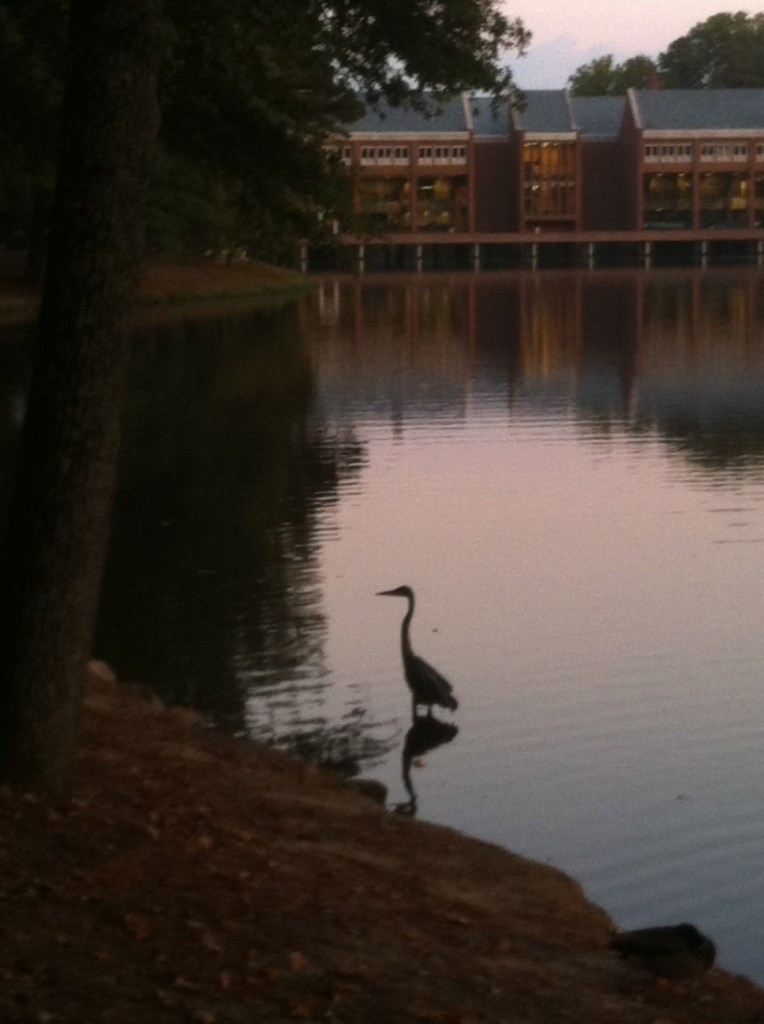Home is a rather small place. Wherever we settle, we tend to carve out our own small plot that we become familiar with above all else and somehow manage to forget the rest. Even at Folly, my family’s 50 acre property in Madison County, VA, I have my comfortable space, and the farther reaches are left largely terra incognita for all intents and purposes. Such has proven to be the case in my recent thoughts on the James and my interactions with other rivers. With a few small snapshots of the most picturesque memories, I’ve cut my images of my favorite rivers into a perfect collage. It acts as a wonderful hideaway in my mind, a de-stressor and reminder of what is truly important. But when I remember to peek behind the curtain, I am suddenly confronted by the facts of the entirety of the rivers. The James is not just Westhampton Lake at sunset, nor is the Rapidan just a canoe ride on a hazy summer day. They stretch for miles beyond where I have seen them, and they are affected by more than I can fully comprehend. Although the James is the jewel of Richmond, it is far bigger and stranger than that.
In “Urban Myths”, Jonah Lehrer makes the case that bigger cities have faster “metabolisms” than smaller cities. If one draws the same conclusion with rivers, then the James has one of the best metabolisms in the state. Meanwhile, most efforts to protect it are focused securely on the abs (aka Richmond). Through the years this area of the James’s body has gone through many punishing diets of pollution, quite a few canal tummy tucks, and, most recently, a regime of healthy awareness and activism crunches that are doing a good job, but haven’t quite reached the goal. Meanwhile, the rest of the body lacks the focus and dedication of Richmond. The ‘head’ of the river is hidden on a private farm in the Blue Ridge and the overall James report card still comes in at a mere C. According to the report card, important species such as the striped bass are declining, and sediment pollution continues to drag in excess nitrogen and phosphorus. Richmond may be highly aware of the river due to its overwhelming pride in it, but the rest of the region seems stubbornly unaware. Without so much culture and pride tied up in the James, the rest of the watershed leaves it by the wayside.
I recently looked at a Virginia map and came to the horrifying realization that, without labels, I was unable to identify my Rapidan. If you handed me a picture of the Spicer’s Mill, where we put in our canoes for a longer cruise, I would recognize it in an instant. But find it on a map? Recognize even the basic shape of the whole river? I was lost. My perspective of the Rapidan was limited to a few miles. And I soon realized that it was the same for the James. Richmond encompasses all of my experiences in connection to the watershed, so I have no real idea of the river beyond the city limits. And this, I think is where the quickly growing awareness of the James in Richmond both hurts and helps. One of the (very) few things that has stuck with me from microeconomics, and was echoed in our “Urban Myths” reading, is the idea of economies of scale. Basically, a large business will do better than a small business because its very bigness gives it an efficiency advantage. The James River Association is based in Richmond, as are most of the parks, and so most efforts are logically located in that area. This means that the people of Richmond are consistently made aware of the problems and wonders of the James, and that this doesn’t extend much past the Greater Richmond area. However, as more and more people are exposed to the beauty and activities on the James, awareness of its problems will also spread, giving the JRA and other activist groups a greater economy of scale to spread up and down river from the city. People are constantly moving through Richmond, and one can hardly move in Richmond without getting a dose of the James and its affect on the city. This means that, hopefully, the number of people who care about the river will grow exponentially, especially as the JRA opens new parks and initiates new projects.
As I continue on with the James and the Rapidan and the many rivers to come, I hope that I can remember this lesson. Scale of perspective has a huge impact on what we know (or think we know) about a place. To me, the James will always be first and foremost the beautiful oasis in a bustling city, but I still have to remember that there are many problems and adventures lurking just beyond where my collection of memories ends. But I can take my new-found awareness with me, and spread it to the people I will meet. And if ideas work like cities or businesses, it will grow stronger and faster the more I talk. And maybe one day I won’t have to shush a passing cellphone user as I watch a blue heron hunt on Westhampton Lake. Maybe soon they’ll simply join me, and we’ll add a new snapshot to our collages; a new jewel on our personal chain of the river.

